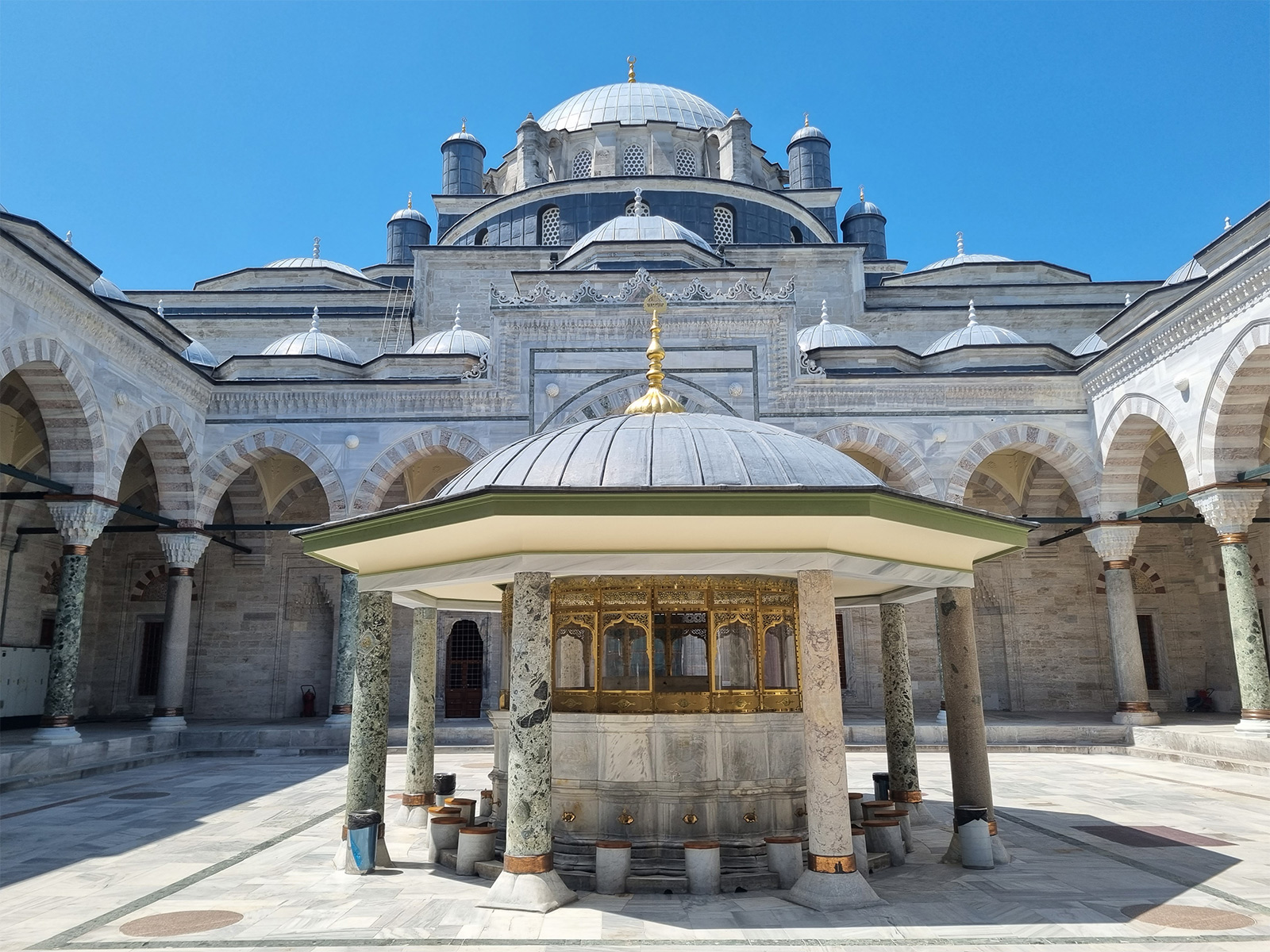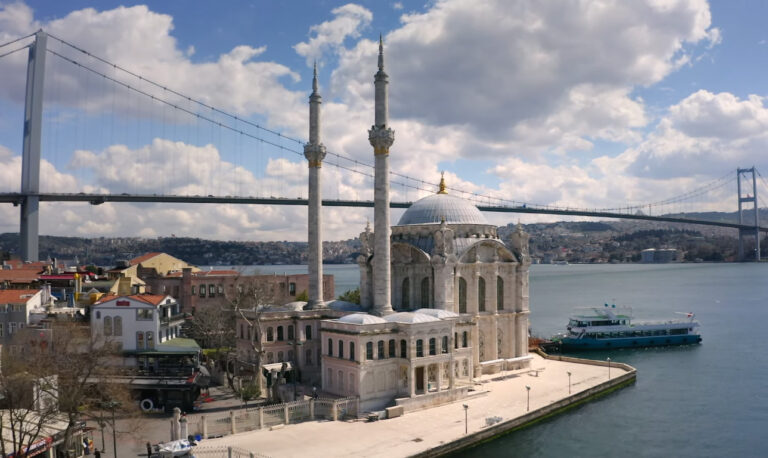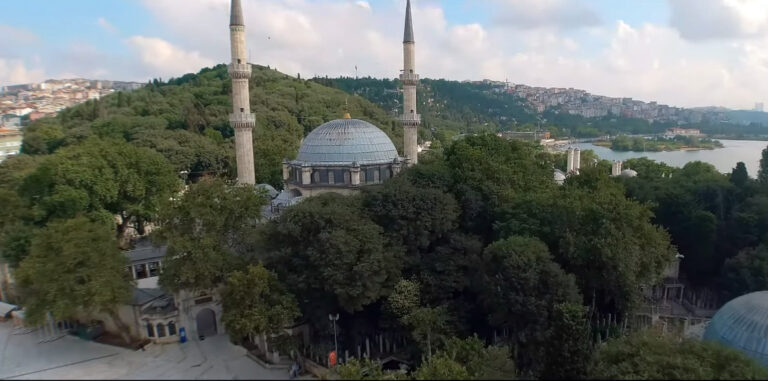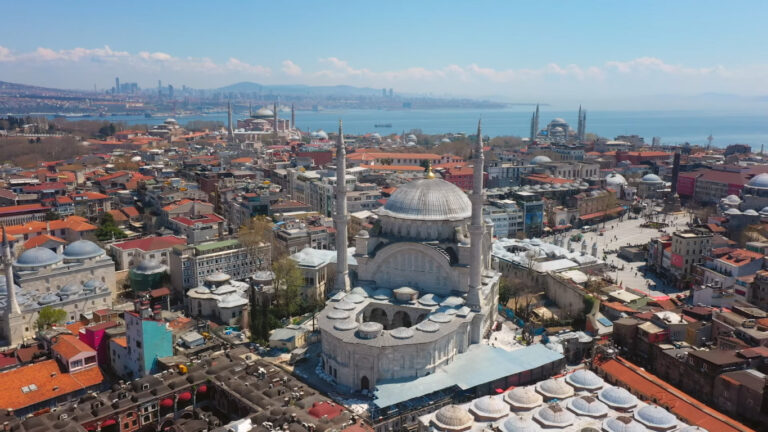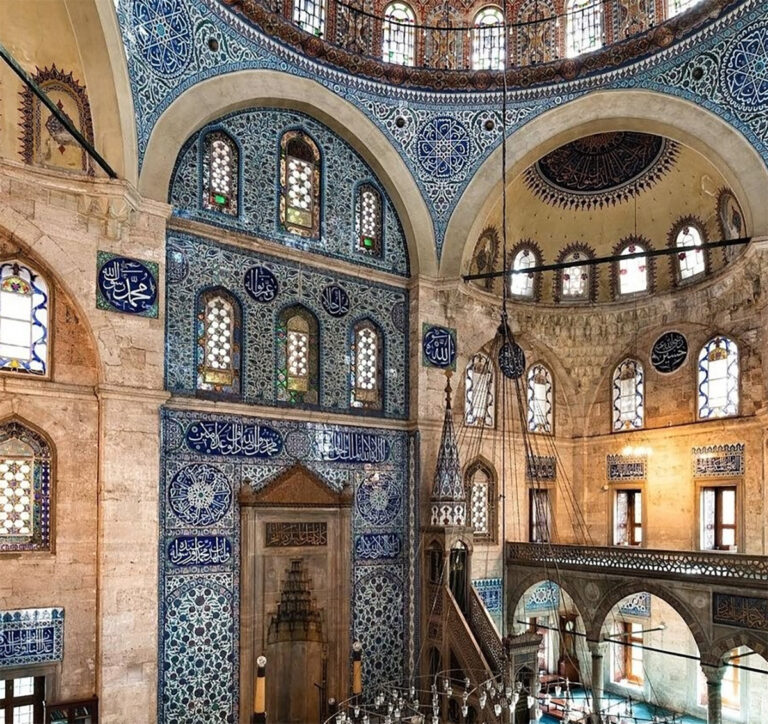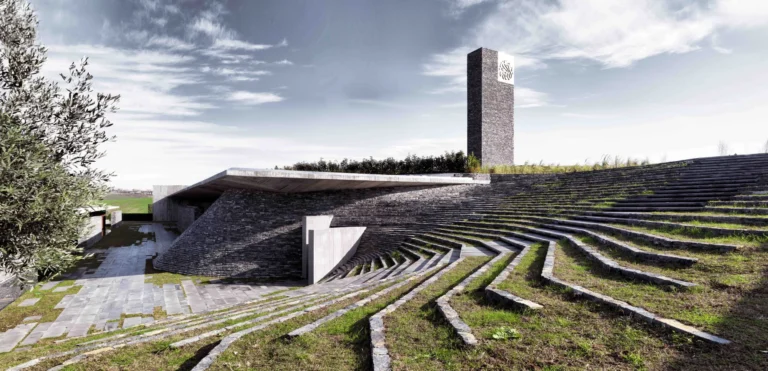Beyazıt Mosque
The Beyazıt Mosque and Complex, constructed under the order of Sultan Bayezid II, is an important historical site in Istanbul, comprising a range of buildings including a mosque, tomb, imaret (public kitchen), sıbyan mektebi (elementary school), tabhanes (lodging rooms), madrasa (Islamic school), bathhouse, and caravanserai.
Key Information about Beyazıt Mosque and Complex:
- Location and Historical Significance:
- Situated at one corner of the Forum of Theodosius (Forum Tauri), an important square during the Byzantine era, in central Istanbul.
- Unlike the symmetrically planned Fatih Mosque and Complex, the Beyazıt Complex’s buildings are more scattered across the central city plot.
- Construction and Architecture:
- Construction of the mosque began in July 1501 and was completed in 1505, as indicated by an Arabic inscription written by the calligrapher Sheikh Hamdullah.
- The mosque was initially thought to be the work of architect Hayreddin but later attributed to architect Kemaleddin. Some historical sources also suggest that both architects may have contributed to its construction.
- Components of the Complex:
- The complex includes a medrese, started shortly after the mosque’s completion in 1506 and finished in 1507.
- The sıbyan mektebi was also completed around the same time.
- Water was supplied to the mosque in November 1505.
- Restorations and Historical Events:
- The mosque and complex have undergone several restorations over the centuries, particularly after damages from earthquakes and fires.
- Notably, Mimar Sinan, another prominent Ottoman architect, is known to have reinforced the mosque with an arch in 1573-1574.
- Cultural and Educational Role:
- The medrese served as an educational institution where prominent Islamic scholars, including Zenbilli Ali Efendi and İbn Kemal, taught. It later became a public library and now houses the Turkish Foundation for Calligraphic Arts.
- Architectural Features:
- The mosque features a square main hall supported by four large arches, with a central dome supported by half-domes.
- The complex displays a mix of early Ottoman architectural characteristics, including the use of various recycled (spolia) elements from Byzantine structures.
- Changes and Modern Uses:
- The complex has evolved over time, adapting to the changing needs of the city. For instance, the imaret was converted into a public library in the late 19th century, and other parts of the complex have been repurposed for various uses.
The Beyazıt Mosque and Complex stands as a testament to the rich architectural and cultural heritage of the Ottoman Empire, reflecting the urban development and architectural innovations of its time.

